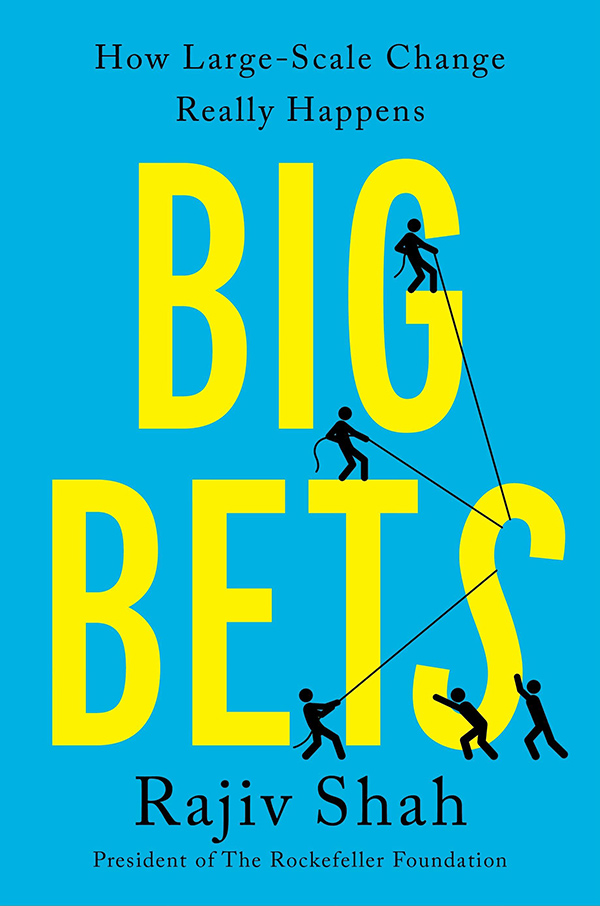Have you seen the movie “Chef”?
In case you haven’t, the movie is worth the time of any Christian congregational or institutional leader, especially its first 30 minutes. While the language can be a bit salty, the opening scenes perfectly depict one of the enduring challenges of Christian leadership.
The chef (Jon Favreau) has heard that one of the country’s foremost restaurant reviewers and food bloggers is coming that evening to review his Los Angeles restaurant. In honor of the occasion, he has designed an experimental menu, blending flavors in innovative and provocative ways. The owner of the restaurant (Dustin Hoffman), however, dismisses the thought of serving any menu to the critic other than the one that has made the restaurant famous -- an egg with caviar, steak and molten chocolate cake. After an argument, the chef finally relents and agrees to serve the menu preferred by the owner, only to receive a scathing review likening the menu to a desperate relative offering you $5 to come for a visit.
There ensues a bawdy exchange over Twitter between chef and critic that culminates in the chef’s inviting the critic to return to the restaurant the next night to try the innovative menu that he had originally planned. Once again, however, the owner of the restaurant steps in, refusing to allow the chef to serve anything other than the menu that had built the restaurant’s reputation. It does not spoil the plot to say that the chef refuses and is terminated. The critic doesn’t know that the chef has been terminated and so returns to the restaurant the next evening only to be served the exact menu he had panned the day before.
For Christian congregational and institutional leaders, it is not the fight between chef and critic that is most instructive (that said, the way that that relationship plays out across the movie offers more than one sermon illustration).
It is the disagreement between the chef and the owner that is particularly instructive. On the one hand, we have the chef who wants to innovate and experiment, to try new and bold things. On the other, we have the owner who wants to celebrate what has built success and is reliably good.
This tension should sound familiar. It is the tension between young (and not just chronologically young, but young-in-the-profession) clergy and their longer-tenured colleagues. It is the tension between the entrepreneurial and creative faculty and their more restrained, pragmatic peers. It is the fight that takes place between the newcomers who become parish leaders and the somewhat-chastened stalwarts. It is the false choice between innovation and tradition.
What is perfectly captured in the movie is the way that these disagreements often and quickly become zero-sum, with both sides increasingly persuaded by the importance and righteousness of their cause and entrenching further as the fight goes on. It is telling that neither chef nor owner suggests joining the amuse-bouche from one menu with the entrée from another and creating a new dessert together. It is either an entirely new menu or the existing menu unchanged. That may sound familiar, too.
At Leadership Education, we are indebted to the work of Roger Martin around the ideas of integrative thinking and the opposable mind, two ways of talking about how leaders can hold together seemingly conflicting ideas or strategies to find generative “third ways” forward.
Increasingly the challenges that congregations and institutions face require these kinds of integrative strategies, and yet, too many of the present conversations still sound like a shouting match between chef and owner. And if culture is the critic, it will find other places to be fed.







